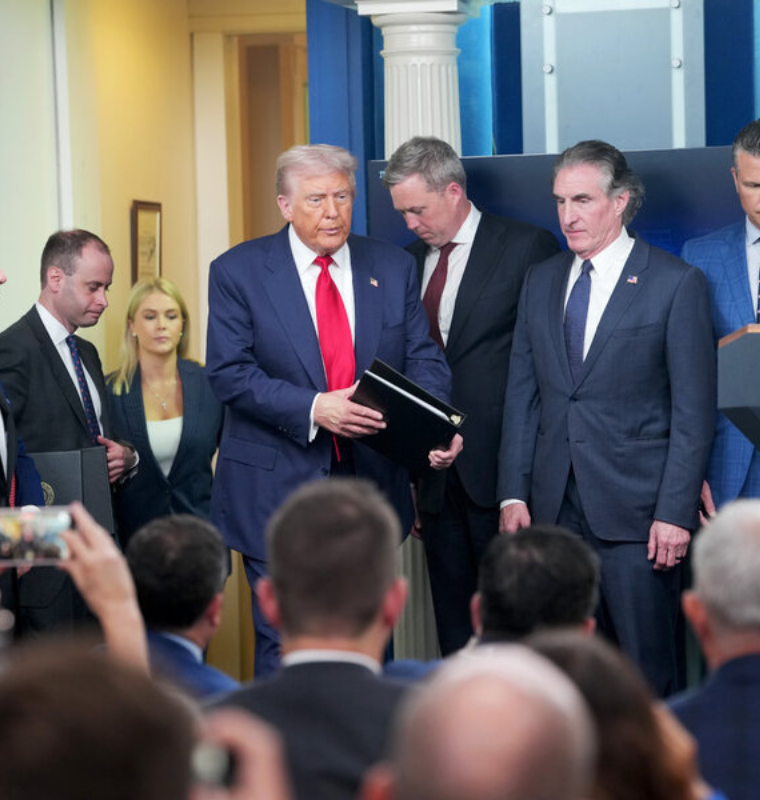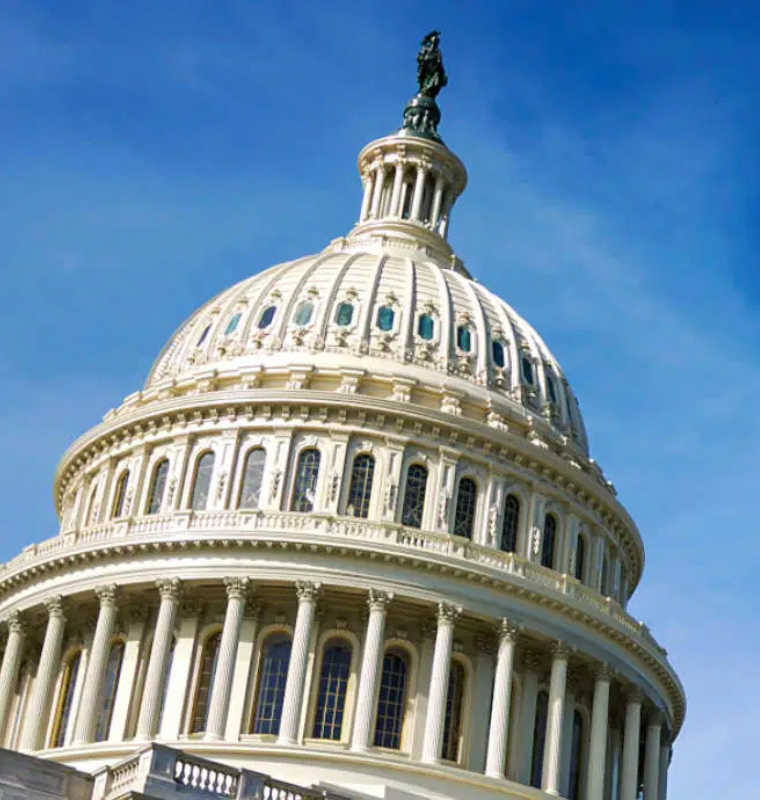Binance Proves Overcollateralization in Major Coins Following FTX Fallout
Binance Proves Overcollateralization in Major Coins Following FTX Fallout
By
Junia Wells
Last updated:
August 11, 2025
First Published:
August 11, 2025

Getty Images
In the wake of last year’s dramatic collapse of FTX, one of the most significant and unsettling events in cryptocurrency history, Binance has taken decisive steps to restore trust in the market. The exchange recently published a detailed proof-of-reserve report, demonstrating that it holds more assets than liabilities across its major cryptocurrencies. This move is seen as a critical effort to reassure users and investors about its financial stability and operational transparency.
Why Overcollateralization Matters in Crypto
Overcollateralization means that Binance’s holdings exceed the value of customer deposits, providing a buffer against potential losses and ensuring solvency even in times of market stress. For an exchange, this is a powerful statement of strength and reliability, especially after the widespread fears triggered by FTX’s unexpected downfall.
The FTX collapse highlighted the dangers of insufficient reserves and opaque financial practices. Many users lost funds because the company did not have enough assets to cover withdrawals. Since then, trust has been a scarce commodity in the crypto world, making Binance’s transparency a welcome development.
Details of Binance’s Proof-of-Reserve Report
Binance’s report covers multiple cryptocurrencies, including Bitcoin, Ethereum, and other major tokens. It provides a snapshot of the exchange’s on-chain holdings compared to its outstanding liabilities, showing a clear surplus in all cases.
The report was prepared and verified by third-party auditors, adding an additional layer of credibility. By making this information public, Binance aims to set a new standard for accountability within the industry and encourage other exchanges to follow suit.
How This Benefits Users and the Market
For Binance’s customers, this proof of overcollateralization offers peace of mind. Users can feel more confident that their funds are safe and that the platform can meet withdrawal demands even during times of heightened volatility.
More broadly, transparency like this can help stabilize the crypto market by reducing rumors and panic selling. When exchanges disclose their reserves openly, it becomes harder for misinformation to spread, and investors can make decisions based on facts rather than fear.
Industry Trends Toward Greater Transparency
Binance’s initiative is part of a growing trend toward enhanced transparency and regulation in the crypto space. Exchanges and financial service providers recognize that building trust requires clear communication about financial health and risk management.
Some competitors have started releasing similar reports, and regulators worldwide are increasingly expecting such disclosures as part of compliance frameworks. This shift is contributing to the maturation of the cryptocurrency industry into a more professional and trustworthy environment.
Challenges and the Road Ahead
Despite this progress, challenges remain. Overcollateralization alone does not address all risks, such as cybersecurity threats or sudden liquidity crunches triggered by large market moves. Exchanges must continue improving security, risk management, and customer protections alongside financial transparency.
Furthermore, the practice of proof-of-reserve is voluntary in many regions, and there is no universal standard yet. Creating industry-wide protocols could help raise the bar for all participants and protect the ecosystem as a whole.
Final Thoughts
Binance’s proof-of-reserve report marks a significant step in rebuilding confidence after one of the most turbulent periods in crypto history. By demonstrating overcollateralization, the exchange sends a clear message that it is financially sound and committed to transparency.
This move could influence other players to adopt similar practices and encourage regulators to establish clearer expectations. For users and investors, it signals a more secure and trustworthy landscape where digital assets can continue to grow and innovate.
Popular articles
Subscribe to unlock premium content
Disney’s Timeless Magic and How the Entertainment Giant Continues to Shape Culture and Innovation

Imran Khan’s Economic Missteps Amid Political Chaos in Pakistan

The Philippines’ Digital Shift How Remittances and BPO Are Fueling Growth

Disney’s Timeless Magic and How the Entertainment Giant Continues to Shape Culture and Innovation

Imran Khan’s Economic Missteps Amid Political Chaos in Pakistan

Disney’s Timeless Magic and How the Entertainment Giant Continues to Shape Culture and Innovation









